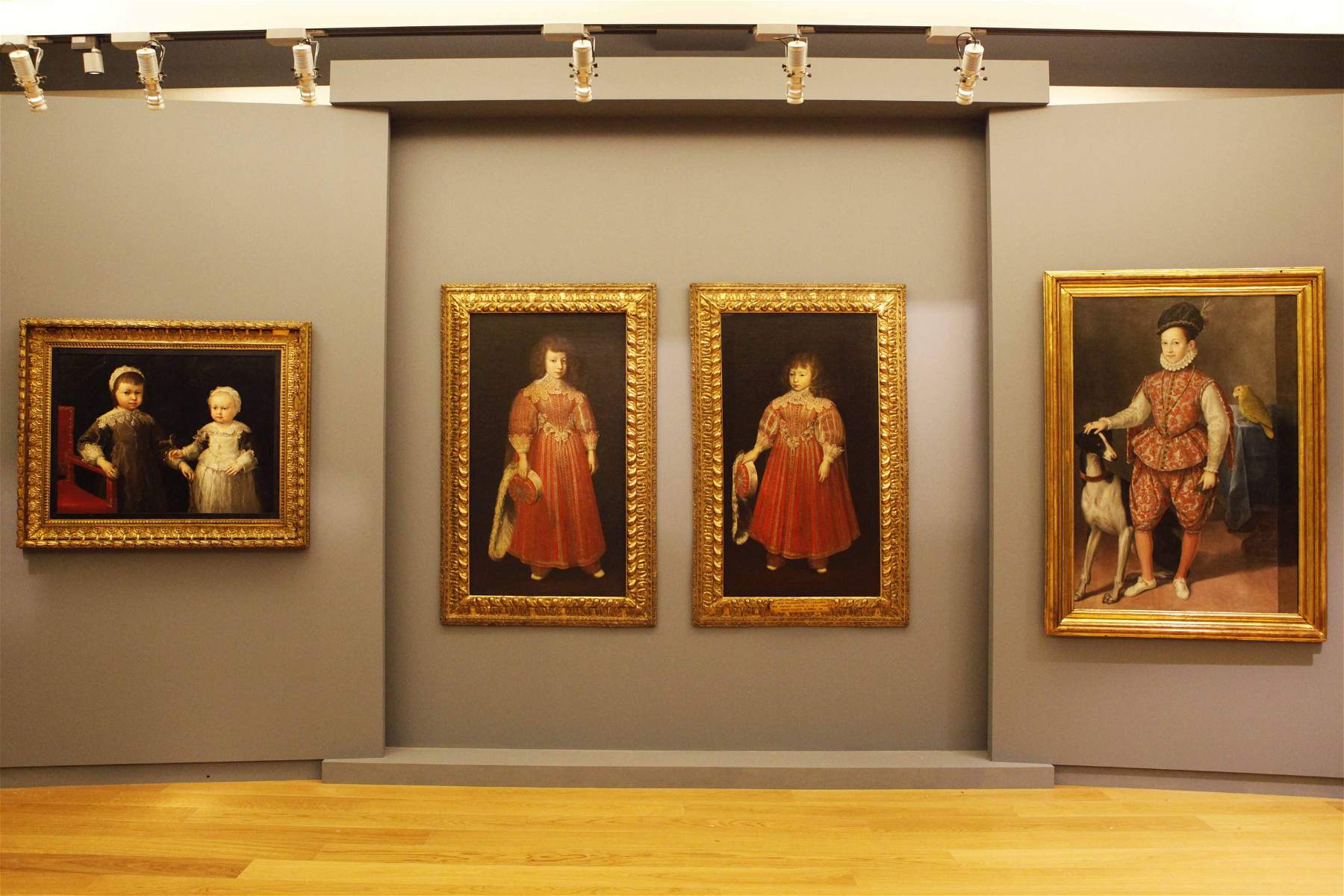The Royal Museums of Turin, at the Spazio Scoperte in the Sabauda Gallery, presents from July 8 to November 7, 2021 the exhibition How a Portrait Speaks. Little-known Paintings from the Royal Collections, focusing on the themes of portraiture and the vibrancy of figurative culture in the Savoy court. The exhibition is part of a didactic-educational project begun in 2018 with the Department of Historical Studies of the University of Turin and aims to propose hypotheses that deserve new insights from both iconographic and attributive perspectives.
Divided into four thematic sections(The Image of Power; The Female Court; Family Ties. Childhood; International Alliances), through which the various aspects of Savoyan and European portraiture are highlighted, the exhibition traces three centuries of history, with a look at the diplomatic strategies devised by the courts, the value of female portraits as a tribute to power, the family snapshots sent to the court for possible marriage alliances, and the images of children, the symbol of a childhood placed on display but at the same time denied.
Portraits played an important role in the solemn and celebratory representation of political and military power, in showing the prestige of the subjects depicted and in presenting the affections and psychological aspect of the characters. Facial expression can tell a lot about the personality of the portrayed subjects, and also much can be gleaned from poses, gestures, and the surrounding space. A fundamental role is also played by inscriptions, heraldic elements, clothing and jewelry worn by the characters, as well as ornaments and honors that testify to social status and power. Often human figures are accompanied by animals that refer to the virtues of the subjects portrayed.
However, portraits functional to the ceremonial of ancient court palaces and dynastic history may have undergone manipulation over time, with false inscriptions for iconographic updates, changes in size or insertions in later frames, or attributional problems that are almost unsolvable because of the rarity of documented works with which to make comparisons.
This complex issue was addressed by a group of forty students from the Master of Art History degree program, in dialogue with faculty, scholars, conservators and restorers. The objective was to bring students closer to the needs of conservation, research and enhancement, thanks to the different skills of the two important cultural institutions.
Hours: Tuesday through Sunday from 9 a.m. to 7 p.m.
 |
| How much can a portrait tell? The Sabauda Gallery investigates the topic with little-known works from the collections |
Warning: the translation into English of the original Italian article was created using automatic tools. We undertake to review all articles, but we do not guarantee the total absence of inaccuracies in the translation due to the program. You can find the original by clicking on the ITA button. If you find any mistake,please contact us.